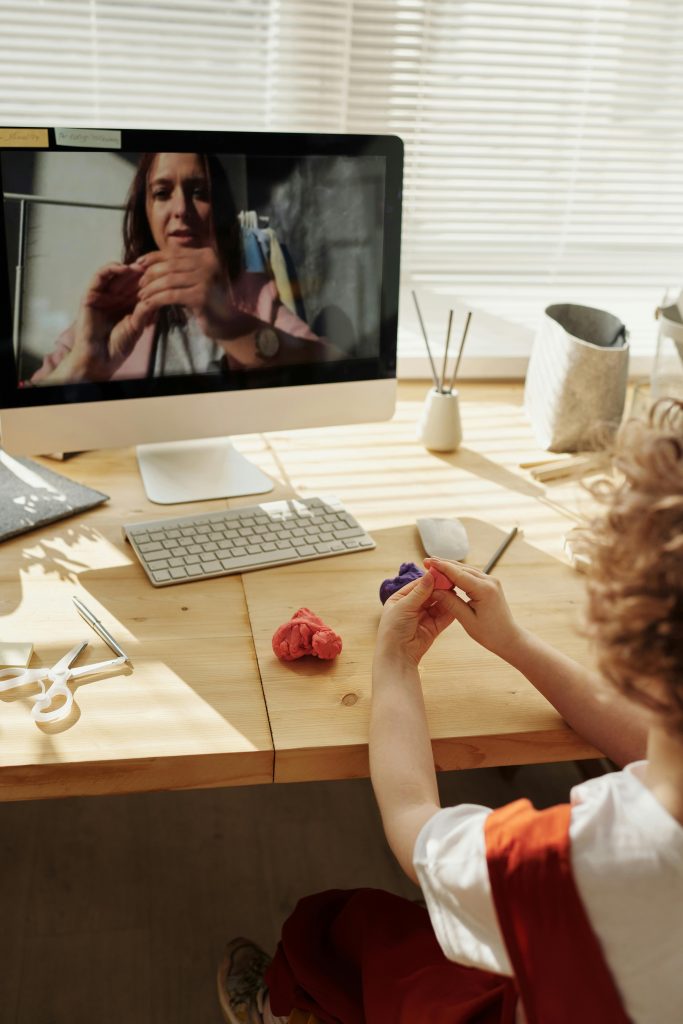Diagnosing a Potential Graphics Card Failure: Steps and Considerations
When dealing with hardware failures in a personal computer, it can be a perplexing experience, especially when the system suddenly ceases to function properly. Recently, my wife’s PC experienced a critical failure that left it unresponsive. After some troubleshooting, I’ve gathered insights into how to diagnose whether the issue lies with the graphics card or elsewhere.
The Initial Issue
One day, my wife’s computer powered off unexpectedly and refused to turn back on. Each time I pressed the power button, there were brief signs of life—fans would spin for a split second—before everything shut down completely. In an effort to pinpoint the issue, I decided to remove the dedicated GPU, an EVGA GTX 950, and switched over to the integrated graphics processor (IGPU) available on the motherboard. To my relief, the system booted up normally. However, when I reconnected the GPU, the computer failed to start again. This led me to suspect that the GPU might be the root of the problem.
Investigating the GPU
While the initial signs point to a failing graphics card, I wanted to explore all possibilities before reaching a conclusion. I performed a visual inspection of the GPU but did not observe any obvious damage, such as burnt areas or bulging capacitors. However, my knowledge in identifying such issues isn’t extensive, and it raised a concern that it could also be related to the PCI-E slot or a malfunction in the power supply’s 12V rail.
Seeking Additional Advice
Before declaring the GPU dead, I sought advice from the online community for further steps to rule out other potential problems. Here are a few suggestions I gathered, which can be useful to anyone facing a similar situation:
-
Test the GPU in Another System: If possible, install the GPU in a known working computer. This will help confirm whether the graphics card functions correctly or fails to operate as expected elsewhere.
-
Inspect the Motherboard’s PCI-E Slot: Ensure that the PCI-E slot itself isn’t damaged. Sometimes, debris or a fault can prevent proper contact and lead to operational issues.
-
Check the Power Supply: If you have access to a multimeter or another power supply, consider testing the power supply’s output to ensure it’s delivering the appropriate voltages. A malfunctioning power supply could also masquerade as a GPU failure.
-
Evaluate System Reactions: When powering on with the GPU installed
Share this content:



